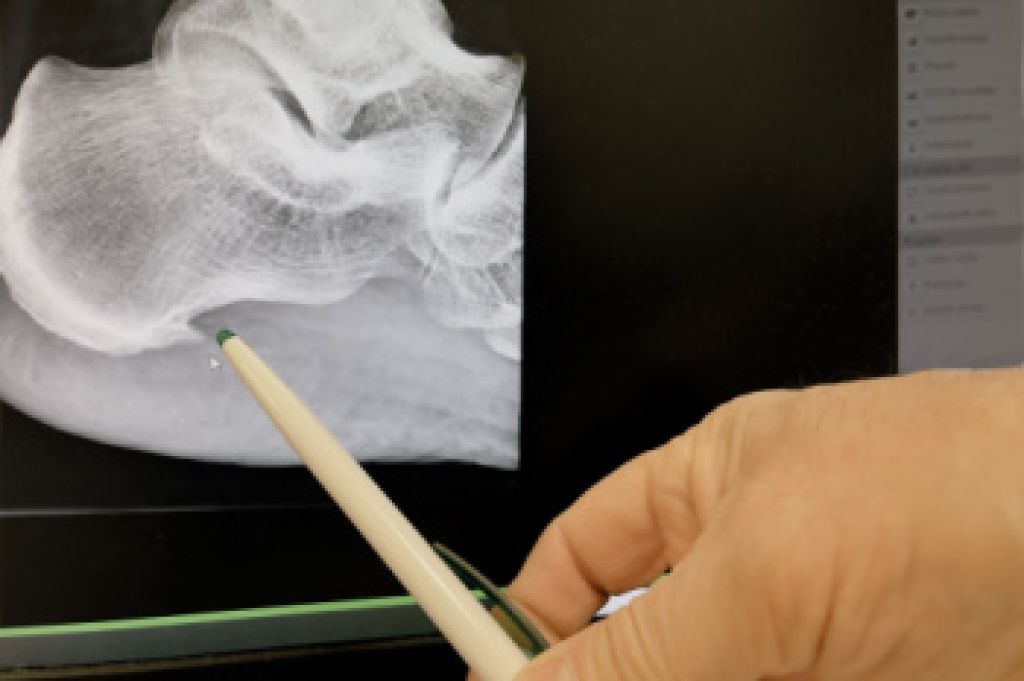
Heel spurs refer to bony protrusions that develop on the underside of the heel bone. These spurs often result from calcium deposits forming over time, typically due to repetitive strain or stress on the foot ligaments and muscles. While many individuals with heel spurs may not experience any symptoms, others may encounter pain and discomfort, particularly when standing or walking. Contributing factors to the formation of heel spurs include wearing ill-fitting shoes, engaging in activities that place excessive pressure on the feet, such as running or jumping, and certain medical conditions like plantar fasciitis or arthritis. Overweight or obese individuals are also at a higher risk of developing heel spurs due to increased strain on the feet. Understanding the definition and causes of heel spurs empowers individuals to take proactive measures to alleviate discomfort. Heel spurs can be painful, and if you have this foot condition, it is suggested that you consult a chiropodist who can offer you effective treatment options.
Heel spurs are bony outgrowths from calcium deposits. They occur at the back of the heel bone or underneath the heel bone and usually form in response to chronic irritation of the Achilles tendon or plantar fascia. They are often asymptomatic, but if you are suffering from heel pain, please consult with Emily Yu, B.Sc from Uptown Foot Care Clinic. Our specialist can help you maintain the health of your lower limbs and your mobility.
Symptoms of Heel Spurs
- Tenderness
- Heel pain
- Pain when walking
- No symptoms
Diagnosis
Since heel spurs are often asymptomatic, they are usually only diagnosed when they are found on the heels incidentally during an X-ray taken for another reason. Nevertheless, if you have heel pain, and particularly if you have plantar fasciitis or Achilles tendonitis, it may be worth it to see if you have heel spurs too.
Treatment
Unless they are causing symptoms, heel spurs typically don’t require any treatment. When they are symptomatic, treatments are typically conservative. They may include resting and icing the affected foot, taking anti-inflammatory medications, and wearing orthotics or supportive footwear, especially while exercising.
If you have any questions, please feel free to contact our office located in . We offer the newest diagnostic and treatment technologies for all your foot care needs.
